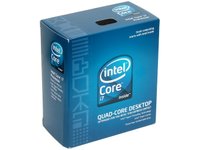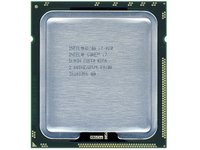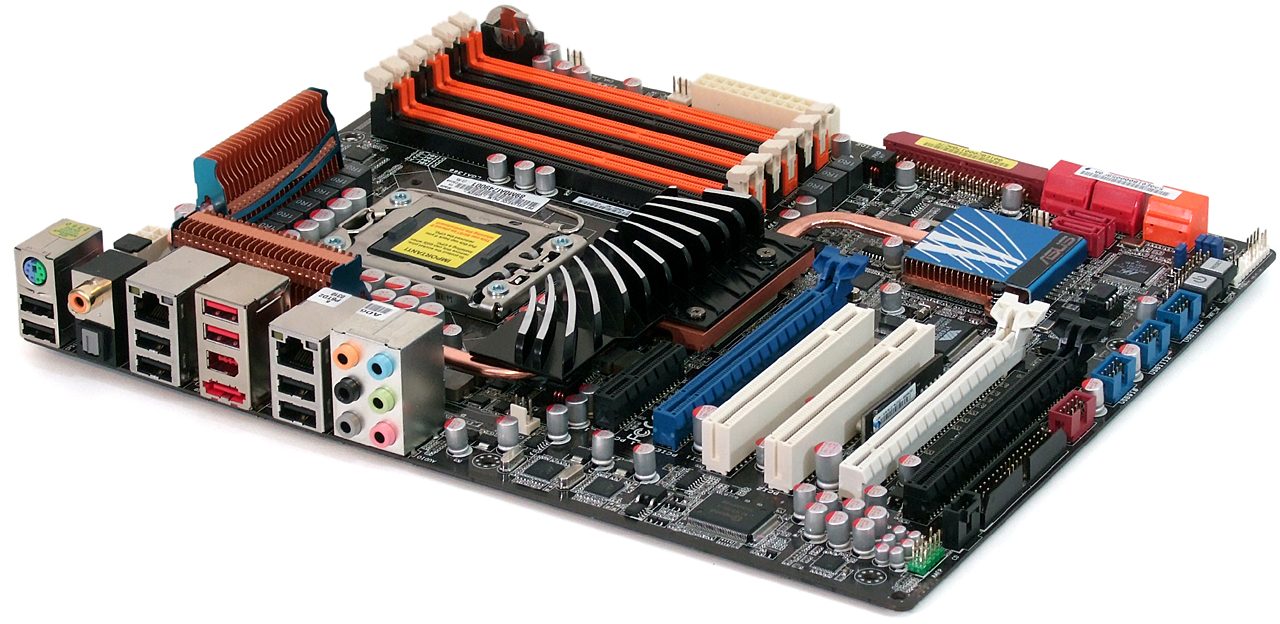Triple-Channel DDR3: 6GB Kit Roundup
Test Settings
| Test Configuration | |
|---|---|
| CPU | Intel Core i7 920 2.66 GHz, 8.0 MB L3 Cache |
| Motherboard | Asus P6T Deluxe BIOS 1003 (12/05/2008) Intel X58/ICH10R Chipset, LGA-1366 |
| Graphics | Gigabyte GV-R487-512H-B HD 4870 GPU (750 MHz), GDDR5-3600 |
| Hard Drive | Western Digital WD5000AAKS, 500 GB 7,200 RPM, SATA 3 Gb/s, 16 MB cache |
| Sound | Integrated HD Audio |
| Network | Integrated Gigabit Networking |
| Power | Coolermaster RS850-EMBA (850W, ATX12V v2.2) |
| Software and Drivers | |
| Operating System | Windows Vista Ultimate SP1 |
| Graphics Driver | AMD Catalyst 8.9 |
| Chipset | Intel INF 8.3.0.1016 |
| Benchmark Settings | |
| Memtest86+ | Version 1.70 (Memory Stability Test for Overclocking) |
| SiSoftware Sandra XII SP2 | Version 2008.5.14.24, Test=Memory Bandwidth Benchmark |
Asus has an excellent reputation for memory stability, so we used its P6T Deluxe to find the best timings and highest speeds of each module set.
The P6T Deluxe supports memory voltage changes in increments of 0.02 V. Since this particular motherboard did not support 1.650 V precisely, we chose the 1.66 V setting, which is probably within the safety factor Intel calculated into its 1.65 V "maximum" voltage recommendation.
Of course, we needed a Core i7 processor, but not just any processor would do. While most reviewers are stuck with Core i7 920 engineering samples that only support DDR3-800 and DDR3-1066 ratios (3x and 4x base clock, times two), our retail sample supports data rates all the way up to 2,133 MHz (8x base clock, times two).


Get Tom's Hardware's best news and in-depth reviews, straight to your inbox.
Current page: Test Settings
Prev Page Super Talent And Wintec Industries Next Page Test Results: Overclocking, Bandwidth And Latency-
arkadi Grate article!Reply
What was always bothering me about ram reviews is how much memory speed/timing will really impact on system performance. I it is a lot of work I know, but it was never covered.
-
neiroatopelcc From ArticleOf course, we needed a Core i7 processor, but not just any processor would do. While most reviewers are stuck with engineering samples that only support DDR2-800 and DDR2-1066 ratios (3x and 4x base clock, times two), our retail sample supports data rates all the way up to 2,133 MHz (8x base clock, times two).Reply
I could be wrong, but shouldn't it be ddr3 ? I'm not aware of i7 supporting ddr2? -
Crashman neiroatopelccI could be wrong, but shouldn't it be ddr3 ? I'm not aware of i7 supporting ddr2?Reply
Heheh, looks like it's been edited. -
azone I wounder if amd will do quad channel with its am3 motherboards or even dual 128 bit channels. that would be cool. Just something to beats intels triple 64bit channels.Reply -
Gian124 Anyone know the difference between the followingReply
Kingston HyperX T1 Series Kits:
KHX16000D3T1K3/6GX
KHX16000D3ULT1K3/6GX
What does the UL signify?... would it benchmark the same as the former (which was tested in this article)?
-
'The current problem is one of voltage.'Reply
I loled at that.. maybe it's too early in the morning for me :D -
hexploit Interesting just how few people give a damn about DDR3 at this point.Reply
I guess many are a: Not wowed by i7 like they were core2 and b: Laugh and the prices of DDR3 at a time when DDR2 is not only still very fast relative to the software/games on the market but is dirt cheap. -
Crashman Gian124Anyone know the difference between the following Kingston HyperX T1 Series Kits:KHX16000D3T1K3/6GXKHX16000D3ULT1K3/6GXWhat does the UL signify?... would it benchmark the same as the former (which was tested in this article)?Reply
They may have changed the name.

